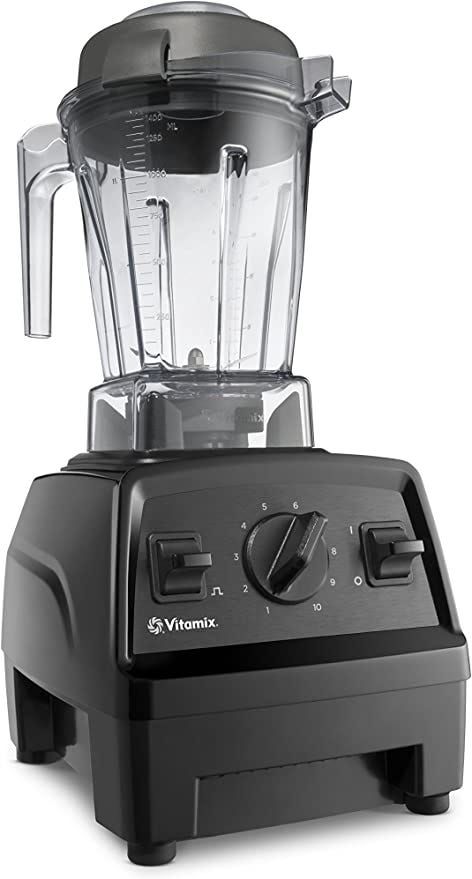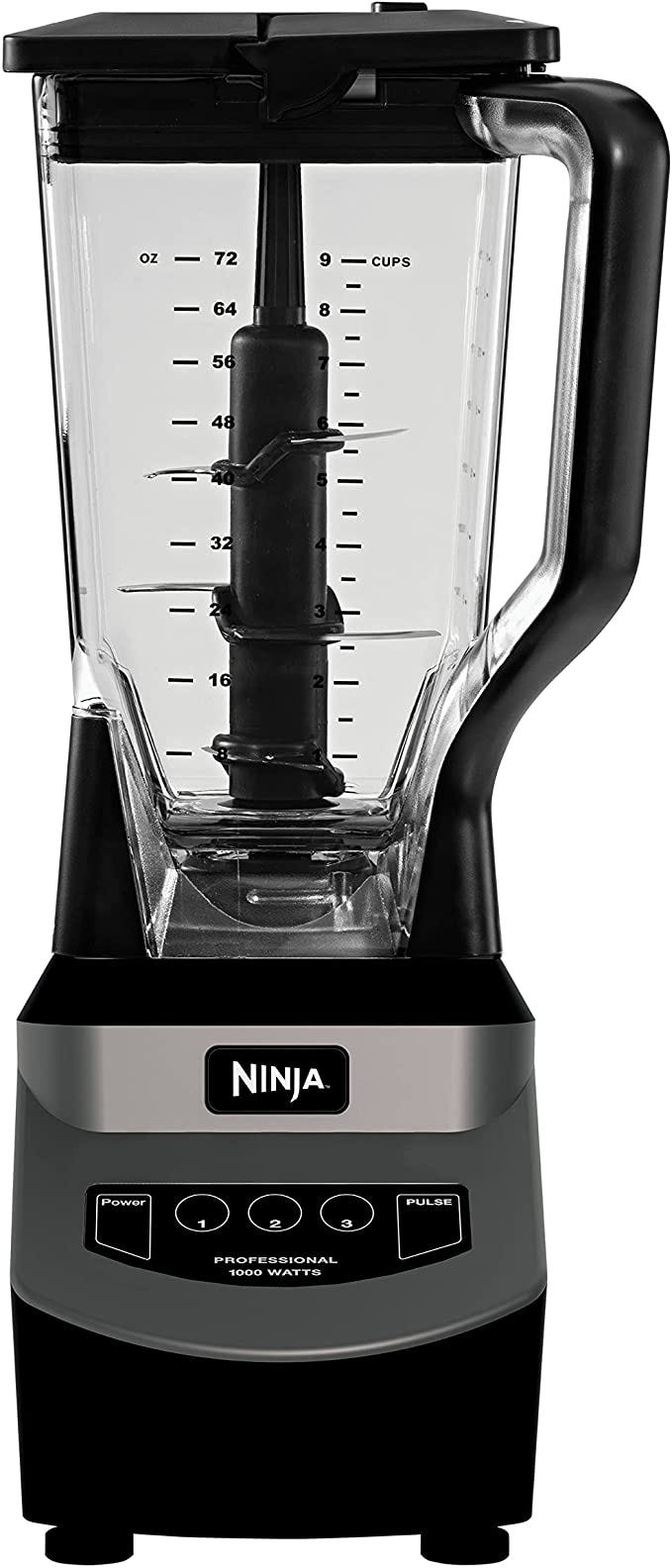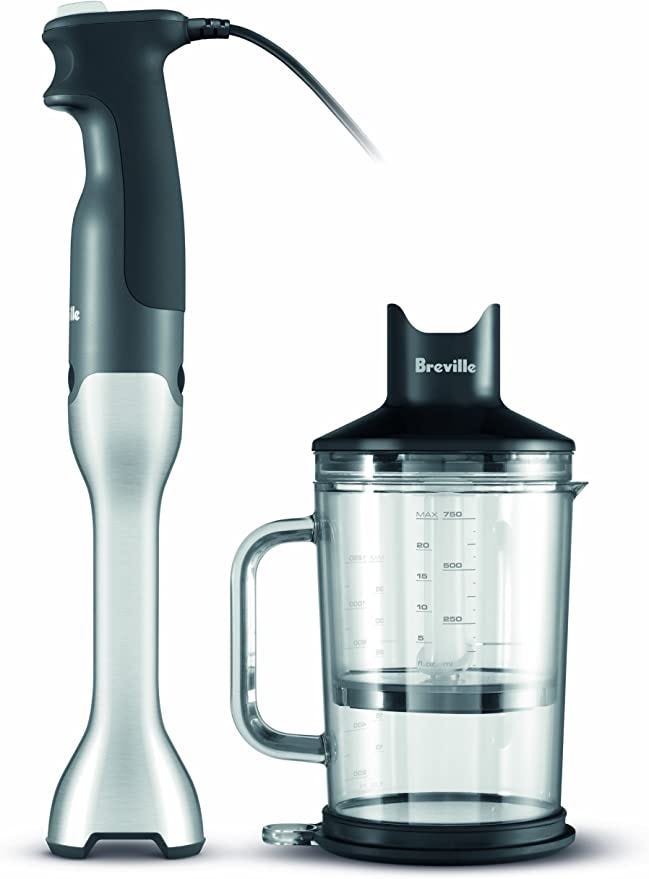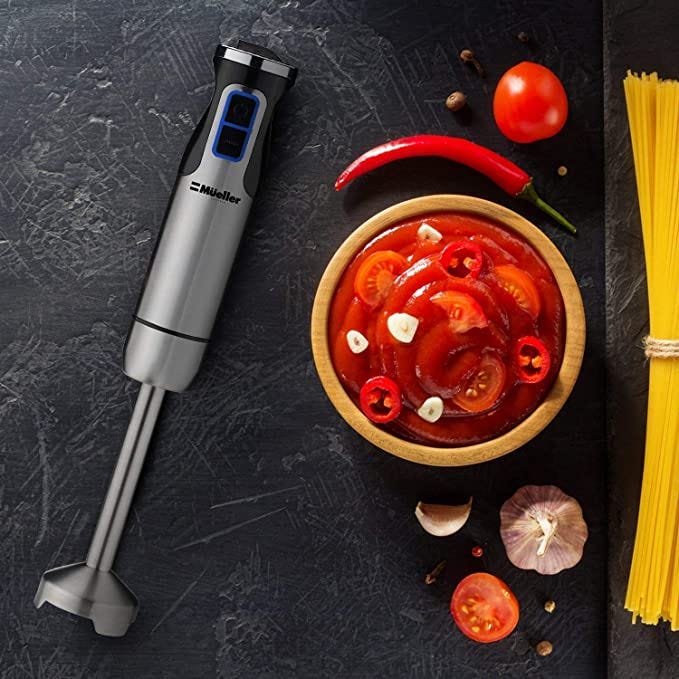Which Blender Is Right For You?
The Pros and Cons of each blender type, find the most suitable option for your kitchen.
Shopping for a new blender? Don’t rush to the traditional blender models. Instead, learn about all the options out there. You might just find that a smaller model better fits your needs.
Learn the difference between types of blenders and when you should use each.
What Is a Countertop Blender?
When you think blender, your mind probably goes to a classic countertop model. That’s a lidded pitcher mounted on a motorized base which makes the blades spin inside the pitcher.
These larger blenders often have many settings including puree, blend, chop, and even crush ice for frozen drinks. Features like these make countertop blenders the go-to tool for creating homemade smoothies, purees, and smooth soups.
Contrary to popular belief, cleaning a blender is easy, so don’t hesitate to plug yours in whenever you need it.
Pros
Powerful
Versatile, thanks to multiple speeds and features
Splash-free blending
Super smooth results
Cons
Take up valuable kitchen space
Pricey
My Top Picks:
Vitamix E310
The Vitamix E310 is an absolute powerhouse. No extra buttons, no gimmicks. The Ferrari of blenders.
The Ninja Professional Blender
I understand not everyone has $200+ to spend on a blender. No need to worry, there is always an option that will meet your needs. The Ninja professional blender will give you a nice puree, crush through ice, and boasts a wonderful 72oz pitcher.
What Is an Immersion Blender?
Buying an immersion blender—also known as a stick or hand blender—is another option. These gadgets are much smaller than their countertop counterparts. They consist of a motorized handle with an easy-to-clean, detachable blending mechanism. Some models include extra attachments like whisks or even small food processors.
Immersion blenders are better suited to different tasks than traditional blenders. Because they’re compact, they’re ideal for making small-batch recipes like vinaigrettes and homemade whipped cream.
Stick blenders also work well to smooth out sauces and soups. With this gadget, there’s no need to transfer the recipe to a pitcher or bowl; you can blend it right in your saucepan. In general, handheld blenders work best with softer ingredients (don’t try to crush the ice with one of these!).
Pros
Affordable
Compact and easy to store
Easy to clean
Ideal for small jobs
Can blend right in your cooking vessel—no need to transfer to a pitcher
Cons
Can’t chop, crush, etc.
Not as powerful as countertop models
Here are a few immersion blenders in order of value and price.
Breville Control Grip
The Breville Control Grip comes with an array of attachments, it’s very powerful and can tackle any tasks you throw at it.
The Mueller Ultra-Stick
The Mueller Ultra-stick will get the job done without the hefty price tag.
Which Type of Blender Is Right for You?
Consider your cooking habits. If you make lots of smoothies, baby food, frozen drinks, or big batches of soup, I recommend a powerful countertop model.
If you don’t reach for a blender very often, we recommend picking up a less expensive immersion blender. You can still blend ingredients in soups and sauces, but you won’t need to sacrifice a lot of storage space and tedious cleaning.
This being said, the right solution for you might be to have one of each type! Both are incredibly useful gadgets—not to mention they can be awfully fun to use.
Put Your Blender to Good Use.
What Do I Use?
The tabletop blender I utilize the most is the Vitamix E310
As for my choice of an immersion blender, I also go with the Vitamix Immersion Blender. (I am a bit of a Vitamix fanboy, please don’t judge me for it)







